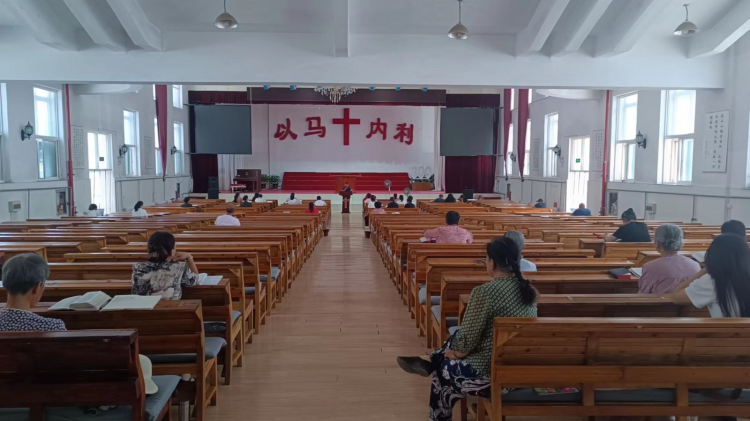Throughout the history of the Chinese church, the development and renewal of small congregations have been vital issues that cannot be overlooked. How to break through these bottlenecks and revitalize these churches has become a pressing challenge for many grassroots congregations and a shared concern for all who care about the church's growth.
Not long ago, a church leader joyfully shared the transformational journey of their congregation. Through the coordination of relevant government departments, their church successfully merged with another. Finances, personnel, and church affairs were smoothly integrated, breathing new life into the two previously struggling congregations. One believer remarked, "I used to feel our church was small and weak, but now, with two small churches united, I feel strengthened and see new hope for the church's future." Their joy reflected the initial success of the merger.
However, not all small churches have found such a smooth path forward. In many regions, among those holding official registration certificates for religious venues, some small congregations are struggling with aging memberships, remote locations, and a shortage of pastoral resources. Attendance has gradually declined, sometimes to only a few elderly members. While some have suggested merging directly or surrendering their registration certificates, once deregistration occurs, reinstatement is extremely difficult, leading not only to a loss of legal status but also to the potential disruption of a church's legacy.
There are also some "long-established" but unregistered small churches that, due to historical or policy factors, have yet to obtain religious venue registration certificates. Although local authorities acknowledge their existence and tacitly permit gatherings, this "unregistered" status leaves many believers uneasy and limits the churches' ability to grow and develop.
Under the current "Regulations on Religious Affairs," a "Registration Certificate for Religious Activity Venues" is a prerequisite for religious groups to legally hold gatherings and worship services. Certified venues must meet various requirements related to building safety, fire prevention, and organizational management, and are subject to the supervision and guidance of the religious affairs authorities.
During my visit, I observed a model worth learning from, a "Small Church Union," where two struggling congregations join together and find new vitality.
In one region, a small congregation of only seven members was on the brink of closure due to limited resources. Authorities initially proposed revoking its registration, but the local TSPM insisted that the registration certificate, as a testimony of the believers' enduring faith, should not be given up so easily. Through coordination, the church merged with a larger nearby congregation while retaining its original registration. Members were arranged to attend services at the larger church, which provided transportation for them. The merger not only preserved the smaller church but also infused new energy into the larger one, resulting in a mutually beneficial result.
Another example involved a church serving primarily people with disabilities, which had long been unable to obtain a registration certificate for various objective reasons. Although its ministry was well-recognized, its leader remained concerned about the church's legal status. Later, under the guidance of relevant authorities, the congregation merged with a small, legally registered gathering of about a dozen believers whose meeting place was slated for demolition. The merger proved advantageous for both sides, with the former gaining legal recognition and the latter's members being able to continue worshiping regularly.
"Small Church Union" is not merely about increasing scale but focuses on integrating resources and fostering spiritual renewal. They enable pastors to share ministry and sacramental responsibilities, providing believers with a richer pastoral environment. At the same time, they ensure the efficient use of church spaces and property, minimizing waste. More importantly, they reflect the spiritual life of "unity" among faith communities.
This unity, however, must be grounded in love and order, guided by three key principles:
First, with "unity in Christ" at its core, mutual respect and complementarity should be cultivated, establishing genuine spiritual fellowship.
Second, adherence to the law should serve as the standard, ensuring that property, personnel, and administrative matters are handled openly and transparently to prevent disputes.
Third, democratic management must be upheld, allowing believers to participate in decision-making and thereby safeguarding both unity and credibility within the church.
The "Small Church Union" model has opened a path for struggling small churches to revive, bringing hope and renewal to previously difficult situations. It demonstrates that by upholding unity, acting in accordance with the law, sharing resources, and complementing one another's strengths, small churches can overcome challenges, advance steadily in their faith, and shine with renewed vitality.
Originally published by the Gospel Times
- Edited by Katherine Guo and translated by Poppy Chan












